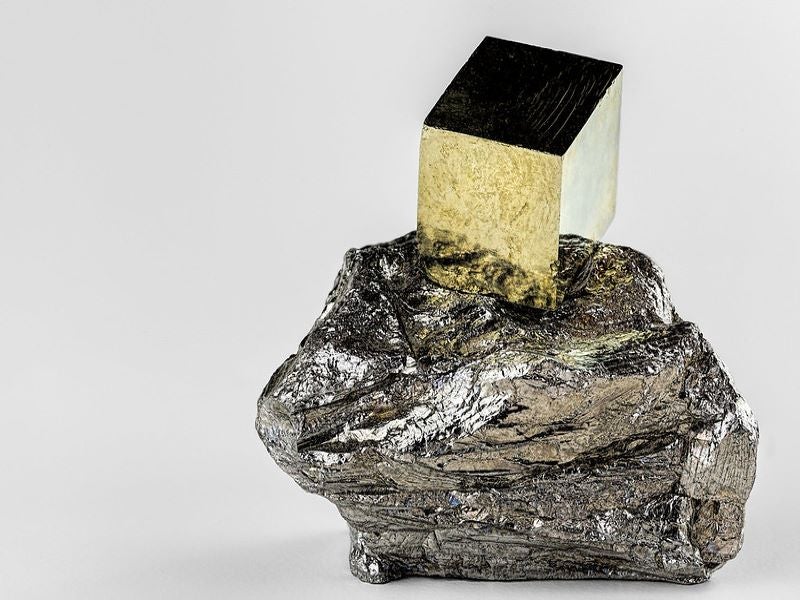The Artemis Blackwater gold project is an open-pit gold and silver mine proposed to be developed by Artemis Gold in British Columbia, Canada.
Artemis acquired the project from New Gold in August 2020 and filed a new pre-feasibility study (PFS) in the same month.
The Blackwater gold project is proposed to be developed in three phases with a total mine life of 23 years. Phase one is estimated to involve an investment of £346m (CA$592m) with phases two and three estimated to cost £248.8m (CA$426m) and £232.5 (CA$398) respectively.
The exploration activities at the Blackwater project site were started in 1973 while Richfield Ventures acquired the property in 2009 and continued exploration and drilling activities up to the first five months of 2011. New Gold acquired Richfield in May 2011 and undertook a major exploration drilling, metallurgical test work resulting in the completion of a feasibility study in 2014.
Project location and geology
The Artemis Blackwater gold project is located approximately 160km south-west of Prince George and 446 km northeast of Vancouver in British Columbia, Canada. The project area encompasses a total of 328 mineral claims covering approximately 148,688ha.
The project is located on the Nechako Plateau underlain by a sequence of volcanic units consisting of heterolithic breccias, rhyolitic tuff, and andesite. The bedrock within the project area is masked by quaternary glacial overburden, colluvial, and fluvial deposits. The upper sequence belongs to the Ootsa Lake Group composed of post-mineral Eocene age felsic volcanic and fragmental rocks, and mafic to intermediate flows.
Mineralisation and reserves
Mineralisation at the Blackwater property occurs in a thick succession of felsic to intermediate pyroclastic and volcaniclastic rocks, volcanic flows and breccias, and related volcanic and lithic-derived sedimentary units.
The gold-silver mineralised zone is a tabular-conical-shaped deposit with a vertical extension of up to 600m with 350m average thickness at the centre.
The proven and probable mineral reserves at the Artemis Blackwater gold project were estimated to be 334 million tonnes (Mt) grading 0.75 g/t gold and 5.58g/t silver. The deposit is estimated to contain eight million ounces (Moz) of gold and 62.1Moz of silver in proven and probable reserves.
Mining methods
Mining operations at the Blackwater deposit will be based on conventional open-pit mining with 10m bench heights.
The mine’s ore throughput will be 5.5 million tonnes per annum (Mtpa) during phase one in the first five years of operation. It is planned to be increased to 12.0Mtpa during phase two in year 6-10 and further to 20Mtpa during phase three in the last 13 years of operation.
The pit operation is split into eight phases, with initial phases targeting higher gold grades, with lower strip ratio, and mineralization. The first phase will consist of surface stripping of suitable waste rock for construction while exposing near-surface, high-grade material. The second phase will target higher-grade ores with lower-strip-ratio to provide mill feed over the initial operation. The remaining phases will expand the pit towards the north while progressively targeting deeper ore reserves.
Mining operations will be undertaken using 400t class hydraulic shovels and 190t payload class haul trucks during the initial life of the mine. The load and haul fleet will be expanded with increased production by adding 550t class hydraulic shovels and 220t payload class haul trucks. Drill and loading fleets are expected to be diesel-driven during the initial mine life and will be expanded to electric drive fleets in the future.
Mineral processing
The run-of-the-mine (ROM) ore will undergo three-stage crushing in a primary jaw crusher, secondary and tertiary cone crushers. The crushed ore will be fed to a ball mill with a double pinion drive which is connected to a cyclone cluster and gravity recovery circuit.
The gravity recovery unit will use centrifugal concentrators with an intensive cyanide leach unit for recovering gold from the gravity concentrate to produce a gravity leach slurry. The leach slurry will be introduced into a carbon-in-pulp (CIP) carousel unit to adsorb gold and silver, and to produce carbon loaded with gold and silver.
A Zadra elution will treat the loaded carbon and the resulting solution will flow directly to two electrowinning cells, operating in parallel. Gold and silver concentrates will be deposited on stainless steel wire mesh cathodes within the circuit. The cathodes will be pressure washed and the resulting sludge will be washed into a filter press to produce a filter cake.
The filter cake will be dried and smelted in an induction furnace, and the molten gold and silver will be poured into separate bar moulds to produce silver and gold doré bars.
Infrastructure facilities
The project site will be accessible from highway 37, west of Vanderhoof via the Kluskus and Kluskus-Ootsa Forest Service Roads for approximately 124km from which a new 15.6km access road will be built to reach the mine plant site.
Process water requirements for the project will be met through groundwater recovered from open-pit dewatering and depressurisation, while potable water supply is to be pumped from two wells located east of the mine camp. Freshwater will be sourced from the Tatelkuz Lake, located approximately 20km northeast of the mine site through a buried pipeline.
The project is estimated to require up to 110MW of electricity supply which will be sourced through a 135km-long, 230kV overland transmission line from the BC Hydro grid at the Glenannan substation located 65km west of Vanderhoof near the existing Endako mine.
Partners involved
The pre-feasibility study (PFS) for the Artemis Blackwater gold project was led by Moose Mountain Technical Services (MMTS) supported by Knight Piésold.





